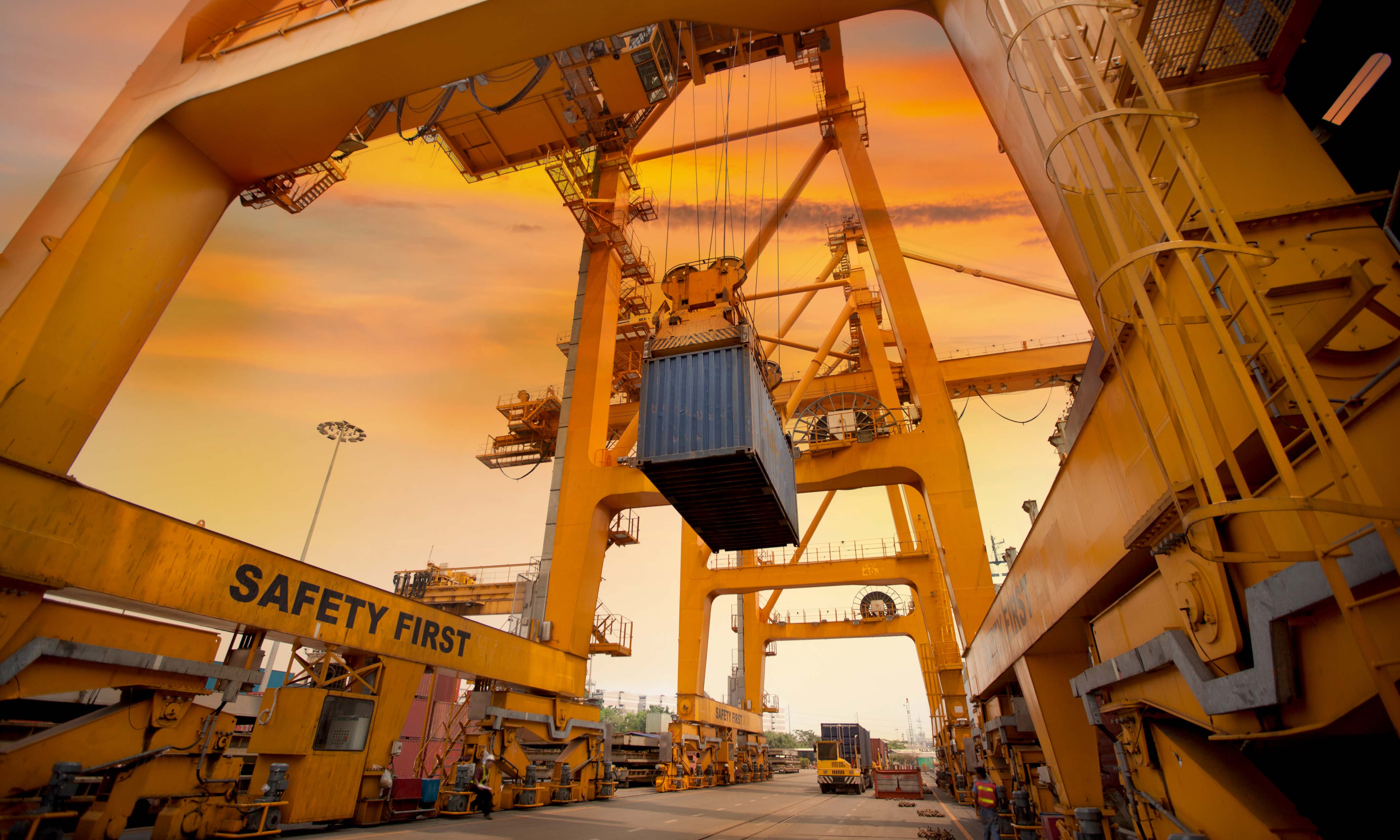It is clear that globalization is not necessarily synonymous with economic growth, nor do free trade agreements lead per se to the generation of exports or an increase in the exportable supply. The design of programs aimed at invigorating the private sector, stimulating the acquisition of technology, promoting research and development, strengthening institutions (such as customs and clearance authorities), fostering infant industries, and supporting companies that have the option to compete in the international market and in the domestic market, for which it is important to guarantee conditions of competition free of distortions and stability in the rules of the game.
Regional trade agreements must be the reason for a positive increase in the weighted productivity index of capital and labor for each member country. The manifestation of free trade in its conception implies having as its main focus the improvement and specialization of industry and agriculture and not only the increase in trade in mining, commodities and financial services. Therefore, the countries benefiting from the agreements, once they enter into force, must operate within the framework of stable growth in which savings, the national product and labor income evolve in parallel and are self-sustaining, which would translate into “ an aid to increase the income and growth of companies in the countries”.
But the integration of Latin America has seen how member countries of any trade agreement fail when promoting wage repression in search of increasing savings in its economy. The dismantling of tariffs, the adjustment of the minimum wage and the tax reforms that generally tax labor income more than capital income, put pressure on labor income below labor productivity.
A clear example of the above is represented in the agreement signed by Colombia and the United States. At the level of commercial exchange, it has similarities with that of the peripheral countries of Europe and Germany. The deepest level of integration (Commercial + Customs + Financial) conceived the euro in the belief that all the countries of the union face similar conditions. Until now, asymmetries have been recognized. Europe’s crisis did not stem from domestic politics, but from Germany’s increased productivity accompanied by wage restraint. Peripheral countries experienced current account deficits (i.e. a higher increase in their purchases than their sales), which were initially offset by indebtedness and fiscal deficits, but then in a monumental historical mistake, were forced to replace them with austerity measures that plunged them into recession and unemployment.
This example has been corroborating the mistake of trade agreements between countries at different levels of development, more within the single currency. In light of the theory of comparative advantage, which is based on the belief that countries specialize in goods that have this property, it is presumed that less developed economies can withstand competition without major changes in wages and the exchange rate. As Eduardo Sarmiento explains in one of his opinion columns for the newspaper El Espectador, “The myth collapses when it is noted that Germany’s current account surplus currently amounts to 6% of GDP and exceeds three times the deficit of the rest of the world. the euro zone. The big fish eats the small one.”
Author: Juan Sebastian Quiceno Calderon





